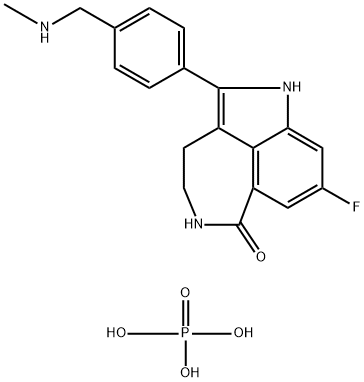SAFETY INFORMATION
| Signal word | Warning |
|---|---|
| Pictogram(s) |
 Flame Flammables GHS02  Exclamation Mark Irritant GHS07 |
| GHS Hazard Statements |
H226:Flammable liquids H315:Skin corrosion/irritation H319:Serious eye damage/eye irritation |
| Precautionary Statement Codes |
P210:Keep away from heat/sparks/open flames/hot surfaces. — No smoking. P233:Keep container tightly closed. P240:Ground/bond container and receiving equipment. P241:Use explosion-proof electrical/ventilating/lighting/…/equipment. P242:Use only non-sparking tools. P243:Take precautionary measures against static discharge. P264:Wash hands thoroughly after handling. P264:Wash skin thouroughly after handling. P280:Wear protective gloves/protective clothing/eye protection/face protection. P303+P361+P353:IF ON SKIN (or hair): Remove/Take off Immediately all contaminated clothing. Rinse SKIN with water/shower. P305+P351+P338:IF IN EYES: Rinse cautiously with water for several minutes. Remove contact lenses, if present and easy to do. Continuerinsing. P332+P313:IF SKIN irritation occurs: Get medical advice/attention. P337+P313:IF eye irritation persists: Get medical advice/attention. P370+P378:In case of fire: Use … for extinction. P403+P235:Store in a well-ventilated place. Keep cool. |
COMPUTED DESCRIPTORS
| Molecular Weight | 421.4 g/mol |
|---|---|
| Hydrogen Bond Donor Count | 6 |
| Hydrogen Bond Acceptor Count | 7 |
| Rotatable Bond Count | 3 |
| Exact Mass | 421.12028594 g/mol |
| Monoisotopic Mass | 421.12028594 g/mol |
| Topological Polar Surface Area | 135 Ų |
| Heavy Atom Count | 29 |
| Formal Charge | 0 |
| Complexity | 515 |
| Isotope Atom Count | 0 |
| Defined Atom Stereocenter Count | 0 |
| Undefined Atom Stereocenter Count | 0 |
| Defined Bond Stereocenter Count | 0 |
| Undefined Bond Stereocenter Count | 0 |
| Covalently-Bonded Unit Count | 2 |
| Compound Is Canonicalized | Yes |
PRODUCT INTRODUCTION
description
Rucaparib Phosphate is the phosphate salt form of rucaparib, an orally bioavailable tricyclic indole and inhibitor of poly(ADP-ribose) polymerases (PARPs) 1 (PARP1), 2 (PARP2) and 3 (PARP3), with potential chemo/radiosensitizing and antineoplastic activities. Upon administration, rucaparib selectively binds to PARP1, 2 and 3 and inhibits PARP-mediated DNA repair. This enhances the accumulation of DNA strand breaks, promotes genomic instability and induces cell cycle arrest and apoptosis. This may enhance the cytotoxicity of DNA-damaging agents and reverse tumor cell resistance to chemotherapy and radiation therapy. PARPs are enzymes activated by single-strand DNA breaks that catalyze the post-translational ADP-ribosylation of nuclear proteins, which induces signaling and the recruitment of other proteins to repair damaged DNA. The PARP-mediated repair pathway plays a key role in DNA repair and is dysregulated in a variety of cancer cell types.

